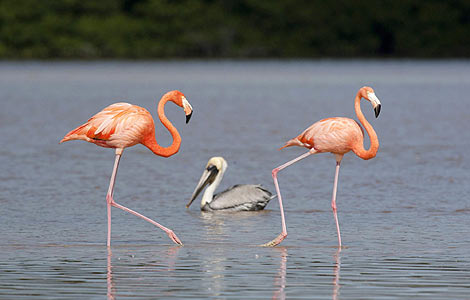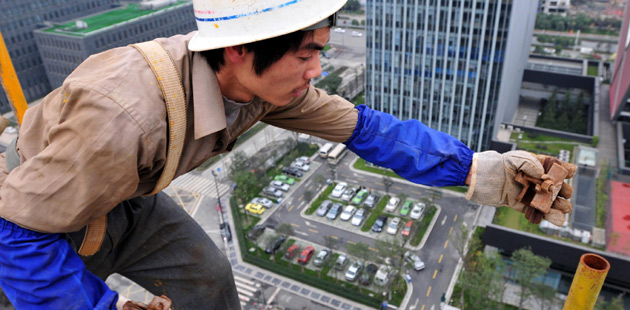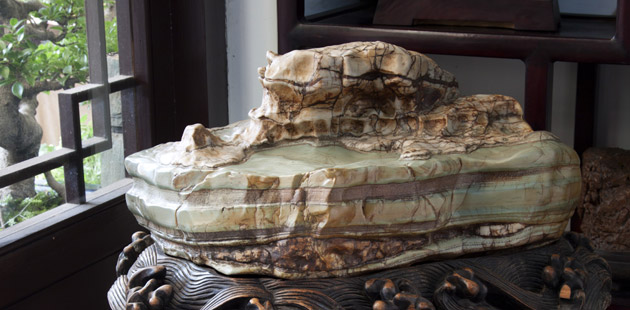'Perfect storm' led to Wheldon death in Vegas
Updated: 2011-12-17 08:25
(China Daily)
|
|||||||||||
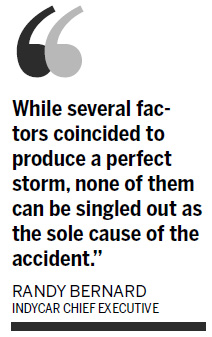
INDIANAPOLIS - The crash that killed two-time Indianapolis 500 winner Dan Wheldon was the result of a "perfect storm" with no single factor pinpointed as the cause of the deadly accident, IndyCar officials said on Thursday.
Wheldon died when his open-cockpit car became airborne during a 15-car pileup at the IndyCar season finale at Las Vegas Motor Speedway in October and slammed into a post holding the catch fencing sustaining a "non-survivable" head injury.
The cause of death was included in the findings of an exhaustive two-month investigation into the crash that took the life of one of Britain's most successful race car drivers and sent several other drivers to the hospital.
"While several factors coincided to produce a perfect storm none of them can be singled out as the sole cause of the accident," IndyCar chief executive Randy Bernard said on a conference call. "For this reason, it is impossible to determine with certainty that the result would have been any different if one or more of the factors did not exist."
According to the report, safety systems functioned normally and there were no mechanical problems detected among the cars that might have triggered the chain reaction.
"The impact with the fence that resulted in Dan's unsurvivable injuries involved the circumstances of location, direction and orientation that was a chance result of previous interactions," said IndyCar president Brian Barnhart.
In the aftermath of the crash, drivers pointed to several factors as the potential cause for the accident, including the decision to run a large 34-car field sprinkled with part-time drivers on a lightning quick, 1 mile high-banked oval.
IndyCar has not released its schedule for 2012, but confirmed on Thursday that the series will not return to Las Vegas.
IndyCar also conducted several inspections, including a test where series veterans Ryan Briscoe and Scott Dixon went 400 laps over two days to see how cars performed at the Las Vegas oval.
It was also noted that the Las Vegas track, which was staging its first IndyCar race in 11 years, was capable of handling a 37 car field and that all drivers had competed in a least one IndyCar event that season.
"This incident and the consequences could have occurred with any size starting field at any track," said Bernard. "However, the experience of freedom of movement with the October 16 race does create questions whether an IndyCar starting field of any size is appropriate in the future."
Barnhart said the ability of cars to race at top speed from the bottom of the Las Vegas Speedway to the top was not anything seen before, increasing the chances for an accident.
Reuters
(China Daily 12/17/2011 page15)
Hot Topics
HIV/AIDS, Egypt protest, Thanksgiving, climate change, global economic recovery, home prices, high-speed railways, school bus safety, Libya situation, Weekly photos
Editor's Picks

|
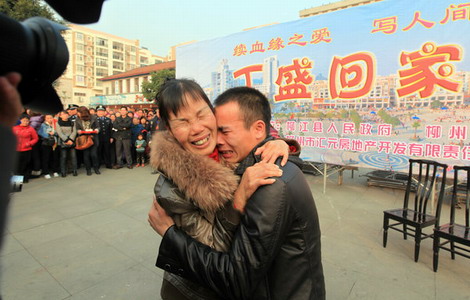
|
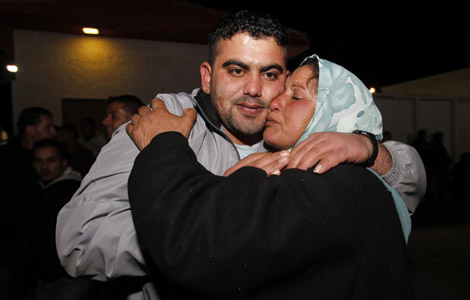
|
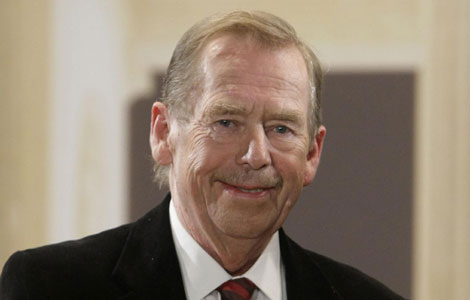
|
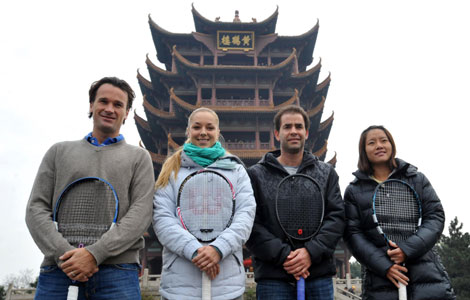
|
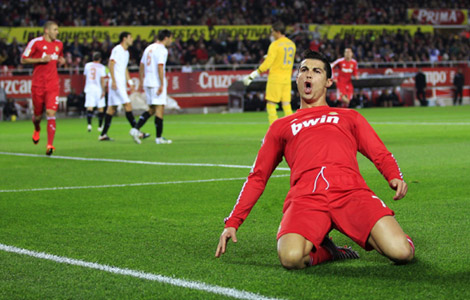
|



